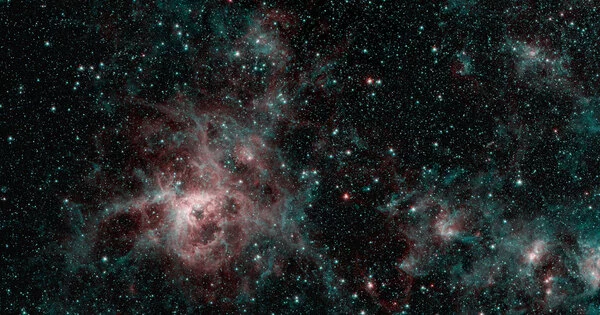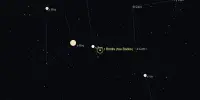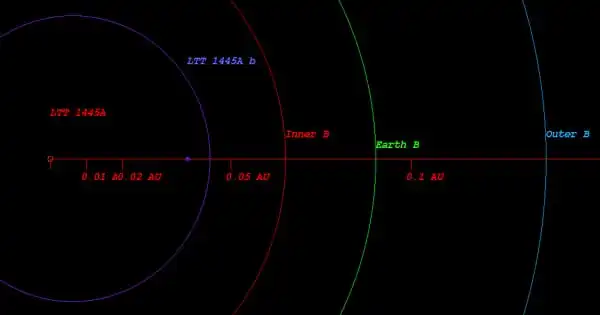The Tarantula Nebula (also known as 30 Doradus) is a large H II region that forms the LMC’s southeast corner (from Earth’s perspective). It is a large and prominent emission nebula in the constellation Dorado’s southern hemisphere. It is part of the Large Magellanic Cloud (LMC), a satellite galaxy of our Milky Way, and is one of the most active and massive star-forming regions in the nearby universe.
Nicolas-Louis de Lacaille discovered the Tarantula Nebula during an expedition to the Cape of Good Hope between 1751 and 1753. He classified it as the second of the “First Class Nebulae,” or “Nebulosities not accompanied by any star visible in a two-foot telescope.” It was described as a 20-foot-wide diffuse nebula.
The Tarantula Nebula is named after its appearance, which is similar to that of a giant spider or tarantula. It has a diameter of about 1,000 light-years and is approximately 160,000 light-years from Earth. At its heart is the young star cluster R136, one of the most massive star clusters known in the local group of galaxies.
The apparent magnitude of the Tarantula Nebula is 8. Given its distance of about 49 kpc (160,000 light-years), this is a very bright non-stellar object. The Tarantula Nebula is so bright that if it were as close to Earth as the Orion Nebula, it would cast visible shadows. It is, in fact, the most active starburst region in the Local Group of Galaxies.

This nebula is incredibly active, hosting a large number of massive and hot stars. These stars emit intense radiation, which ionizes the surrounding gas and causes it to glow. The Tarantula Nebula contains regions of gas and dust where new stars are actively forming. It is an excellent laboratory for studying stellar evolution, as the young and massive stars provide valuable insights into the birth and early stages of stars’ lives.
Because of its proximity, brightness, and abundance of interesting features, the Tarantula Nebula is a popular target for astronomers. It has been extensively studied with a variety of telescopes and instruments at various wavelengths, including optical, infrared, and X-ray observations. These observations have aided scientists in understanding the nebula’s complex processes, such as stellar formation, stellar evolution, and the impact of massive stars on their surroundings.
Overall, the Tarantula Nebula is a fascinating cosmic object that provides valuable insights into star formation mechanisms and massive star life cycles. It’s breathtaking beauty and scientific significance make it an enthralling subject for both professional and amateur astronomers.
















